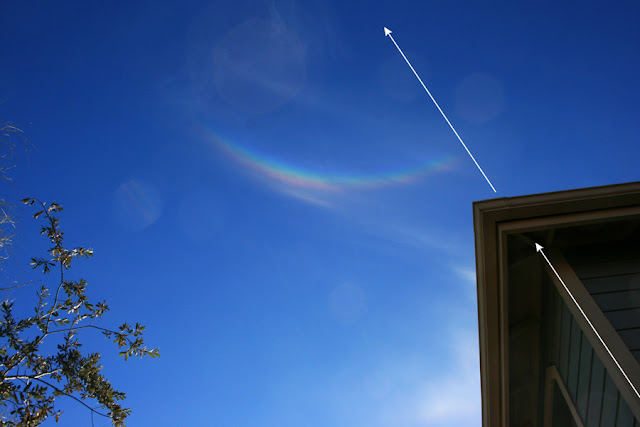While I can't confirm that the Tau Herculid meteor storm delivered as a storm, I think it qualified as a shower, and as good as any I've seen or probably will see from my backyard balcony since the LED lighting revolution.
Friday, July 8, 2022
Tau Herculid Meteor Storm, May 30, 2022
Tuesday, May 17, 2022
Lunar Eclipse, 15 May 2022
After reviewing a hundred nearly identical images I took during the May 15 lunar eclipse, I decided none cleaned up better than this 5-second exposure:
This image was taken with a 3-inch APO refractor at F5, 100 ISO and cropped to 1920x1280 pixels. The mount is a Losmandy G-11 and I used its lunar tracking rate. I believe the tracking rate made a difference in quality of fine detail, because I see motion blur in the background stars that is consistent across many images. If not for the lunar tracking rate, the motion blur would be in the moon image. The motion blur of the stars is detectable in my 5-second exposure but obvious in this 15-second exposure:
I've been seeing a number of eclipse composites, where the images of the entire eclipse event are superimposed on a scene. Most bother me, for the scale looks wrong. I prefer that composites be an honest depiction of scale and motion, or contain a caveat.
Here's the eclipse with a 28mm lens.
This shows the size of the moon against the roof line of a two story house about 60 feet away.
A half hour earlier, the moon was in the trees:
The distance the moon travels between my wide-field images and it's apparent size are hard to squeeze into these composites from other sources:
jg
Saturday, March 12, 2022
Circum-zenithal arc in Taurus from a 5-day crescent moon
This is one my most unusual images. I caught a circum-zenithal arc while taking a picture of the constellation Taurus:










